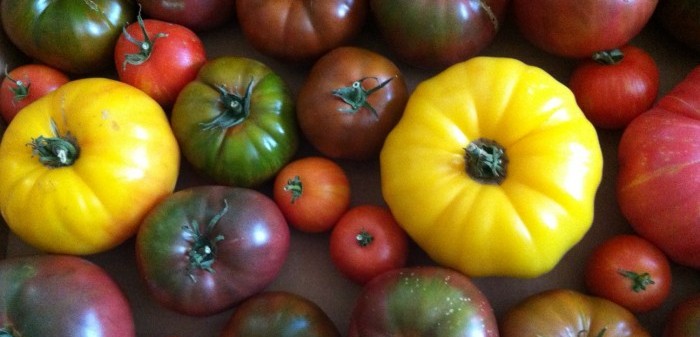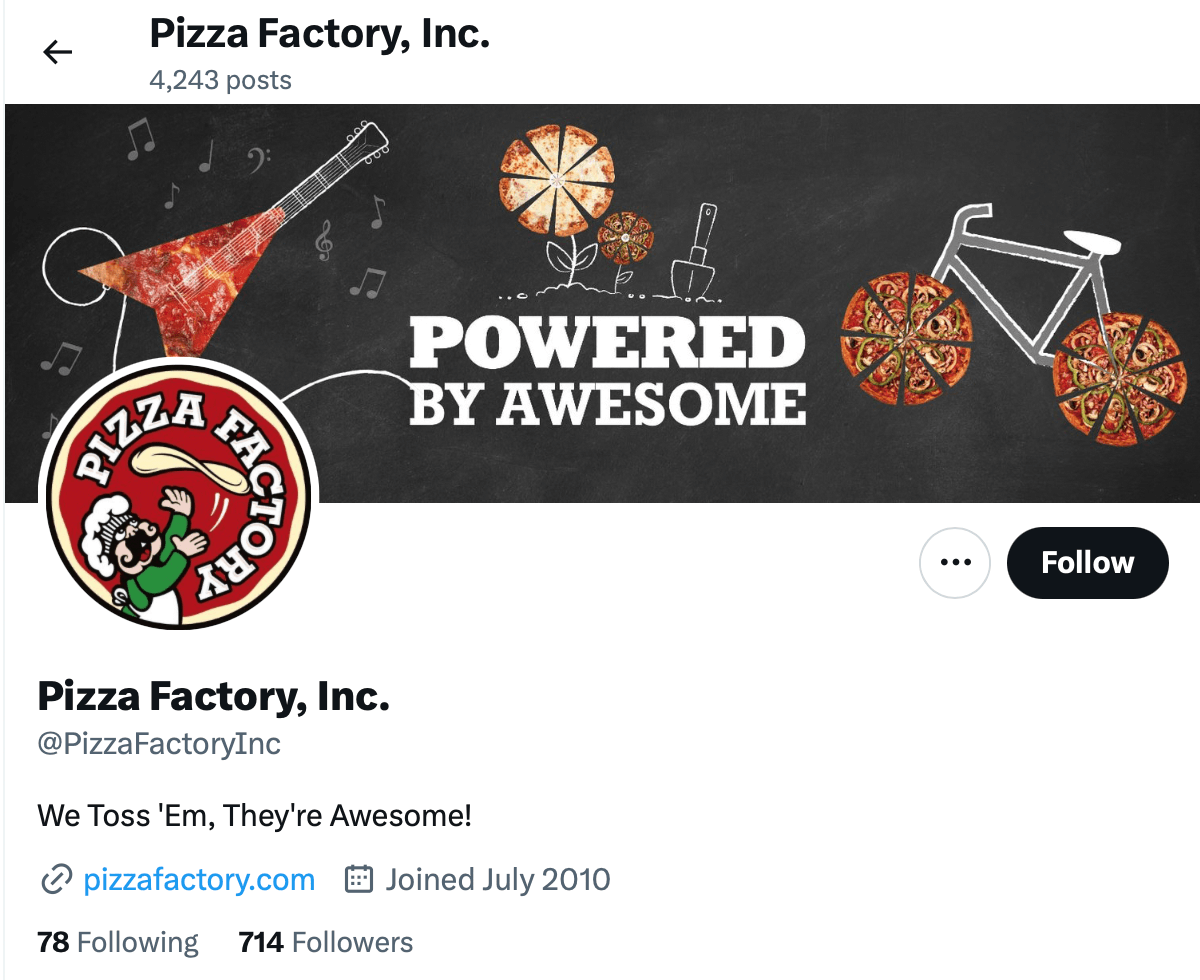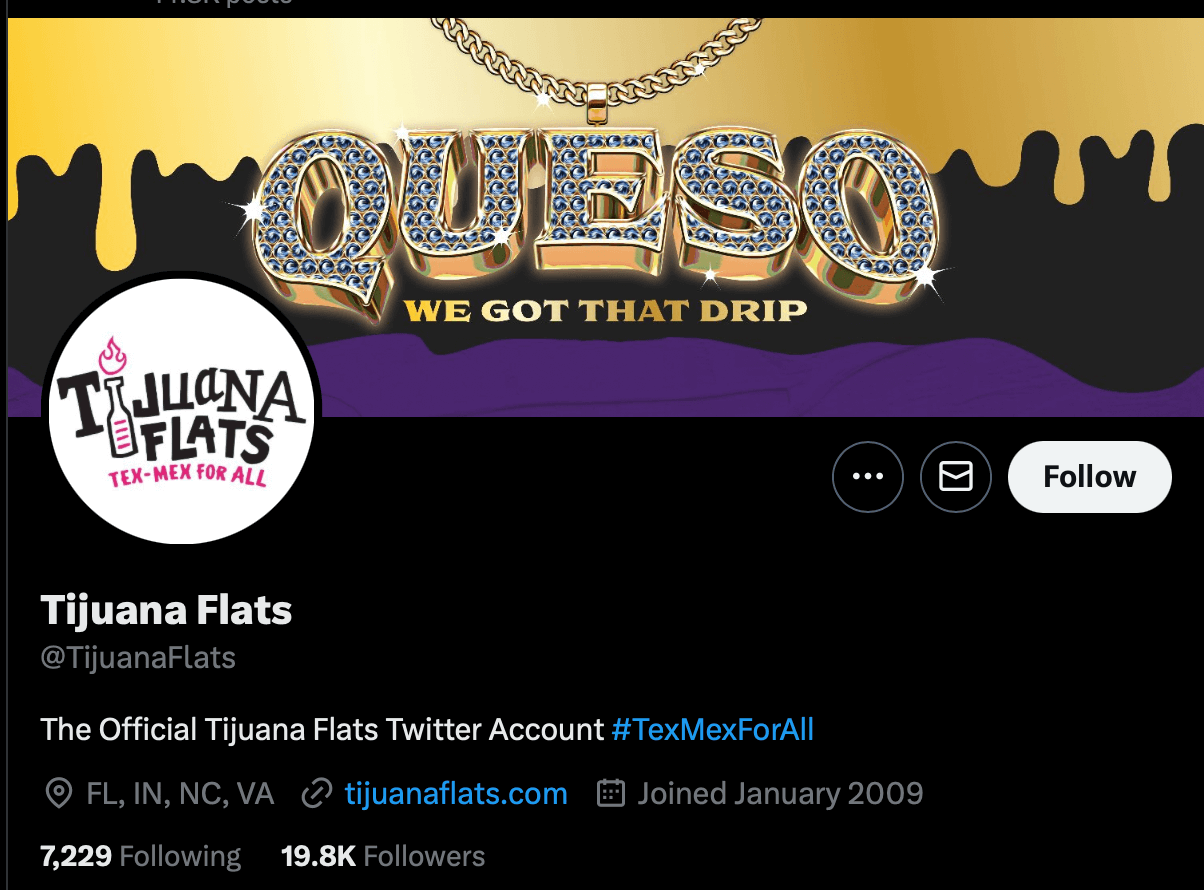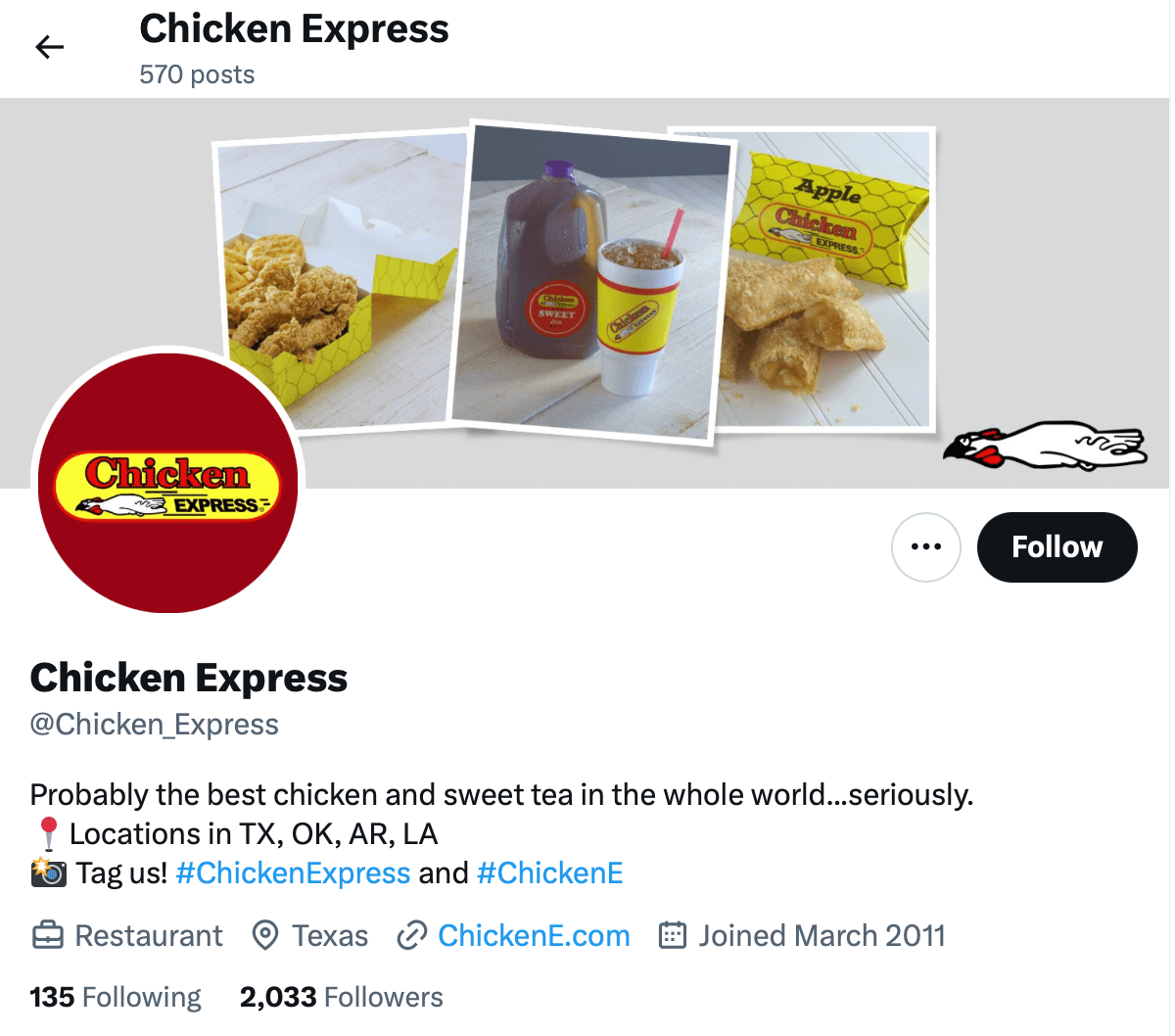What are heirloom foods? How are heirloom foods authenticated? How do you select and grow heirloom foods? Can heirloom foods be organic? And, how can I capitalize on marketing heirloom foods on my food truck menu?
What Are Heirloom Foods?
We will try to briefly answer these questions so that you can speak with authority the next time someone asks you one of these questions. Heirloom plants such as vegetables, herbs, ancient grains, micro-greens, etc. are becoming the latest trend in the food industry, now combine heirloom genetics with organic farming practices, and you end up with the next powerful menu marketing tool for your food truck. According to the reputable Living Seed Company, the National Seed Storage Company retained hundreds of seed varieties in 10 major groups 100 years ago, and now only a couple hundred seeds are retained.
But that’s about to change as seed companies expand the availability of heirloom plan seeds. Currently 75 percent of the global seed market is governed by 10 companies. These companies follow a business model that conserves the genetic diversity, historic preservation, bio-diversity, soil enrichment practices. Some common characteristic terms include heirloom varieties and seeds, open pollination, rare seeds, seed saving techniques, ancient grains, or de-hybridization or stabilization of hybrid plants.
For example, heirloom traditionally means that the seed variety has been bred for its desirable traits, superior taste, and vigor that are passed down from generation to generation. But where do hybrids fit in that do not provide a fertile seed from the parent plant? First, they must be “stabilized.” Stabilization or de-hybridization can take eight generations of growing it out until the plant variety is completely stabilized. The well known Early Girl tomato is an example of genetic stabilization, but still sold as a hybrid.
Open pollination is also a core term in heirloom discussions. Open pollinated plant varieties are non-hybrids and originate from two open pollinated parents that will create an offspring similar to the parent plants that are grown with very specific targeted plant characteristics
As mentioned earlier, The Living Seed Company, as well as Baker Creek Seed and Gurney’s, are some of the largest heirloom seed companies, but other companies like the Seed Saver Exchange represent another category of heirloom seed management and distribution.
These companies and trade organizations tend to group heirloom seeds into four categories: family heirlooms, commercial heirlooms, created heirlooms and mystery heirlooms. Family heirloom plants are the most common and well known. These plants originate from seeds that have been passed down from generation to generation. ‘Commercial heirloom’ plants represent open pollinated varieties that were offered commercially until approximately the 1940’s. ‘Created heirloom’ plants are the result of deliberate crossing of two known hybrids – or an heirloom and a hybrid. And, ‘mystery heirloom’ plants are the result of the natural crossing between two heirlooms where only one parent is known.
How to add heirloom foods to your menu
If you are interested in growing your own heirloom plants for use on your food truck menu, you can begin by ordering seeds from a reputable heirloom seed company. We would then highly recommend that you cultivate and grow your plants according to USDA organic certification guidelines – why not maximize the marketing and great taste appeal of these plants.
In most instances, heirloom product discussions focus on vegetables, herbs, and micro-greens – but there is no reason not to apply heirloom practices to fruit trees and grains, as wells as heirloom meats and poultry.
Do you have heirloom food on your menu? Do you have any tips for food truck owners who want to do the same? Share your thoughts in the comment section below or on social media. Facebook | Twitter




